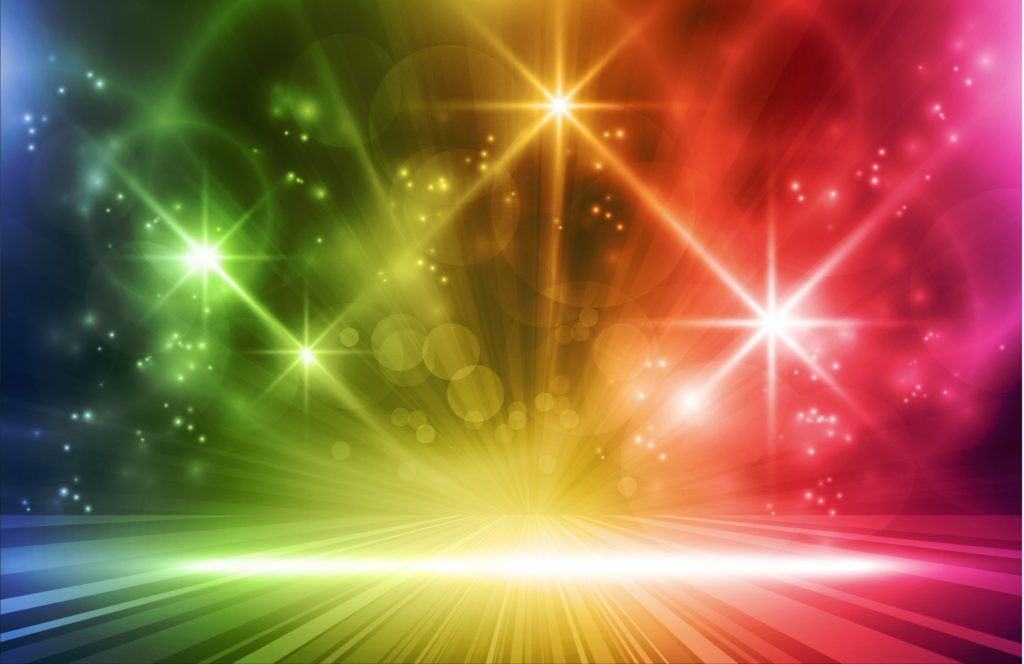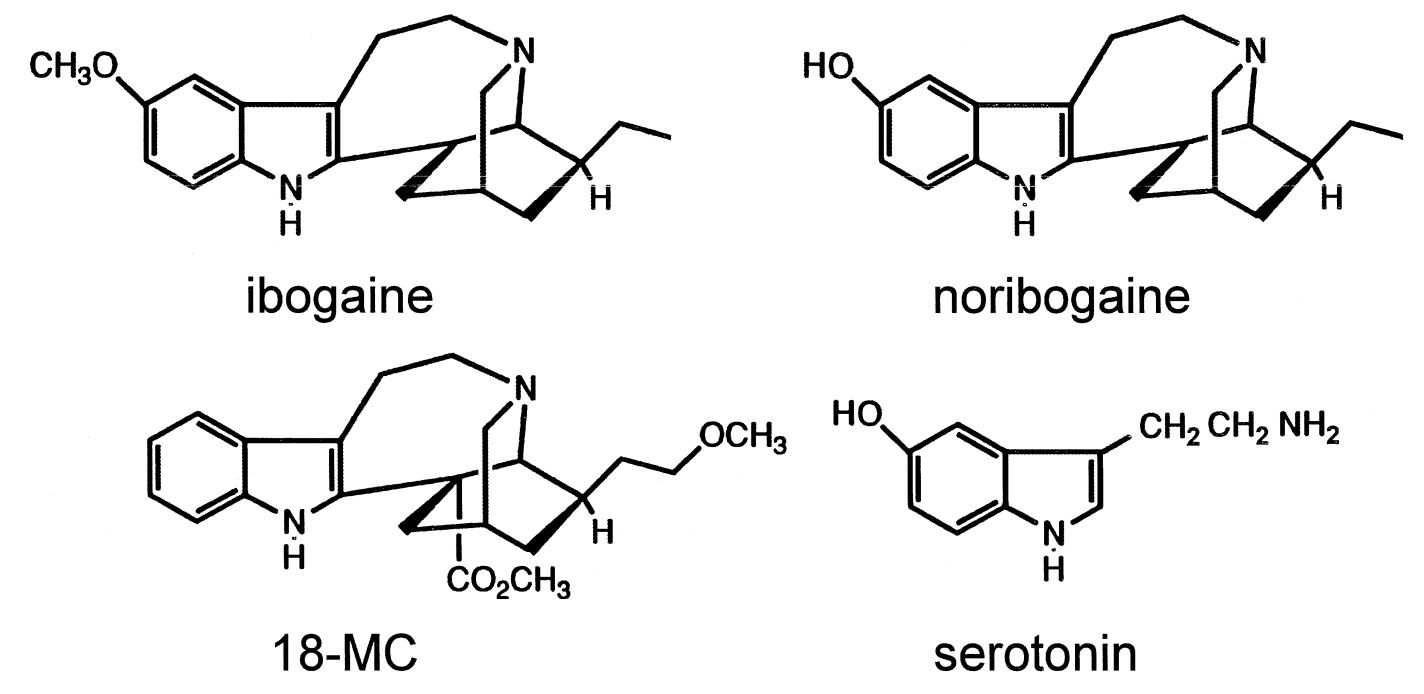
Interest in psychedelic molecules is at an all-time high, and debate around the necessity of the subjective effects of hallucinogenic compounds is in full swing.1,2 The stage has been set for psychedelic analogs, compounds that structurally mimic a molecule of interest. With the lights turned on to better therapeutic solutions for mental health and addiction, 18-Methoxycoronaridine (18-MC) has the potential to enter the scene and take center stage. With similar anti-addictive properties and molecular structure to ibogaine, people may be under the impression that 18-MC has psychedelic effects like ibogaine.3
The head twitch response (HTR) is used as a common marker of serotonergic psychedelic effects in animals. HTR also referred to as wet dog shakes, has not been explicitly studied in the 18-MC literature. This is because the same assay is used to measure withdrawal from opiates, making the measurement of the head twitch contradictory.4 With this and lacking evidence of expected brain pathways, the compound has not shown any indication of psychedelic properties in animals.5,6
The Serotonin Story
The serotonin system is critical to psychedelics, as classic psychedelic effects are mediated by their ability to mimic the serotonin molecule6 (Figure 1). As 18-MC does not bind the serotonergic 5-HT2A receptor, serotonin transporters, or N-methyl-D-aspartate (NMDA) receptor, this leads scientists to hypothesize it is not involved in the serotonergic system.4-6 Although it does bind 5HT3, this receptor is unrelated to the psychedelic effects and it has been known to be responsible for amphetamine induce euphoria in humans, cocaine high, alcohol consumption, and morphine withdrawal in rodents.4,7

Figure 1: The chemical structures of ibogaine, noribogaine, and 18-MC illustrating the indole ring they have in common with the neurotransmitter serotonin.5
Additionally, it is known that 18-MC does not increase extracellular serotonin in the nucleus accumbens, a brain region thought to be responsible for mediating the psychedelic effects seen in ibogaine.4,5 With 18-MC being competitive with ibogaine in its anti-addictive properties, this poses the question of how necessary the serotonergic system is in anti-addictive properties.5
The literature points to clinical trials to answer the question of whether or not the hallucinogenic effects are a part of the anti-addictive properties of 18-MC. However, given its divorced relationship with serotonin receptors, one can expect that these effects are missing.
The Crowdsourcing Conclusion
Outside of the scientific literature, drug forums like Erowid also lend crowdsourced information about different unknown drug analogs. Many reasons could point to why one cannot find 18-MC on this trip reporting site, including difficult or expensive synthesis, but it does lead to the assumption that tripping is not a part of the show. In fact, the psychedelic research company MindMed specifically refers to 18-MC as a compound of interest due to it lacking the hallucinogenic effects.
The (Not So) Psychedelic Inspiration
This puts 18-MC in a unique position to be used alongside other anti-addictive psychedelic compounds as a control for subjective effects of therapeutic efficacy. 18-MC has already been used as a control when studying the range of effectiveness with novel non-toxic anti-addictive ibogalogs.8 It has the potential to contribute to the larger debate about whether the hallucinogenic effects of psychedelics and the serotonergic system are necessary for the therapeutic potential.1,2,5,6
With heightened interest in psychedelic-assisted psychotherapy, psychedelic neutralizers have also been introduced to the conversation.9 Compounds like ketanserin, a known inhibitor of the subjective effects of psychedelics, have become of more interest to psychedelic companies.10 Within psychedelic clinical trials, scientists are respectively cautious about restricting negative outcomes for those with severe mental health conditions, which restricts the neurodiversity of these trials. Options for substances that do not include the hallucinogenic effects might be palatable to both those under-represented in clinical trials and the trip-cautious participant.
As a non-hallucinogenic compound, 18-MC is arguably a dark horse in the psychedelic renaissance. However, its premiere may be just the thing that is needed amidst the trippy research focus. Whether used as a control in research or as an alternative for those who would like more flexibility in their anti-addiction treatment, 18-MC is a compound to watch in this new wave of psychedelic research.